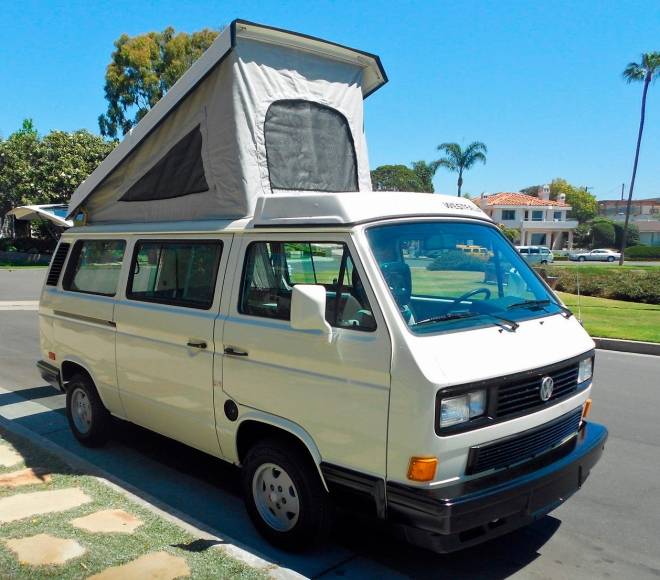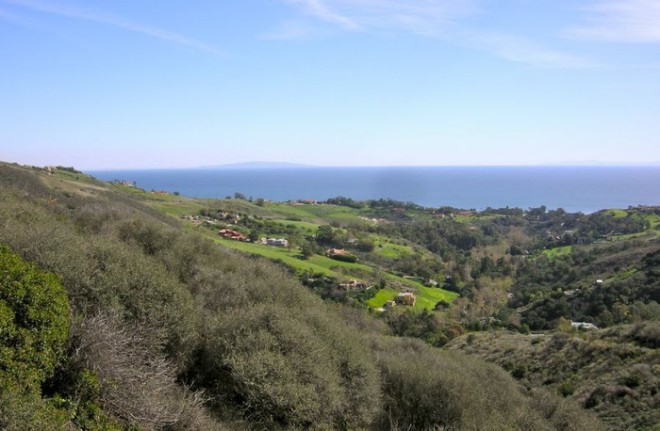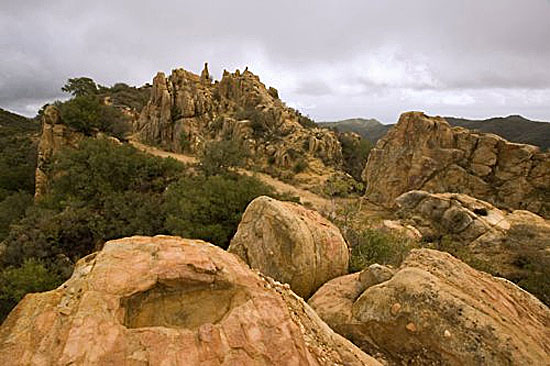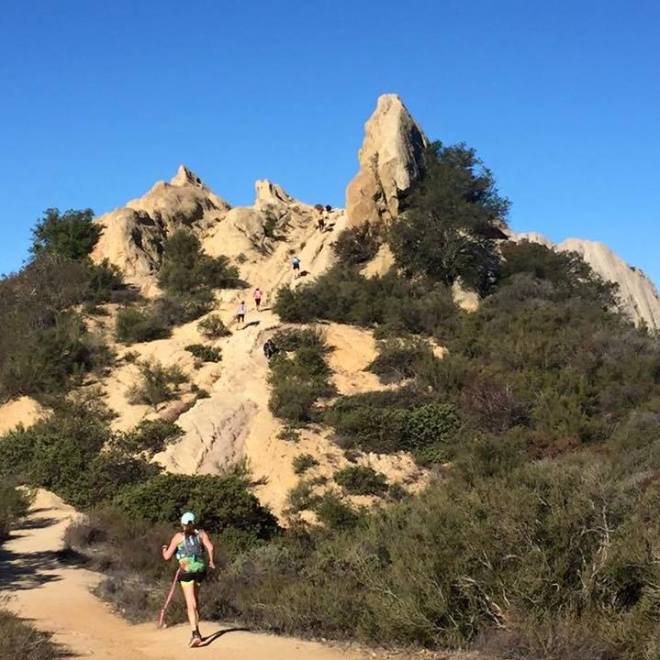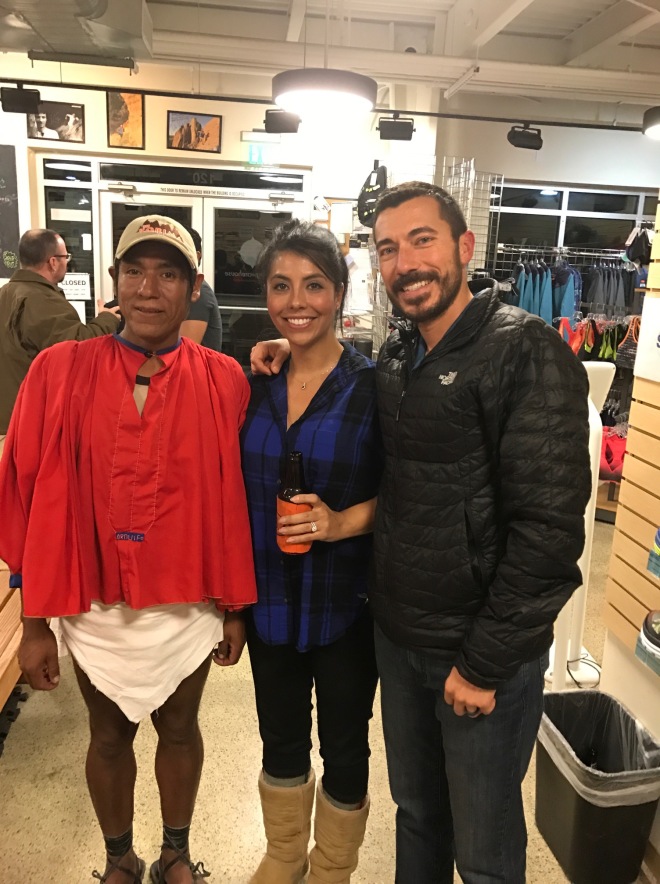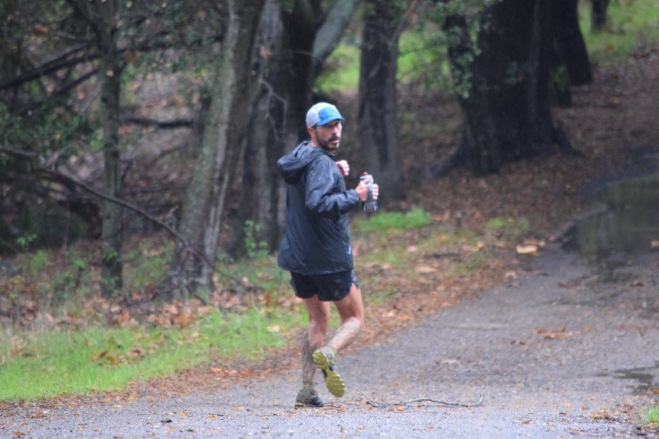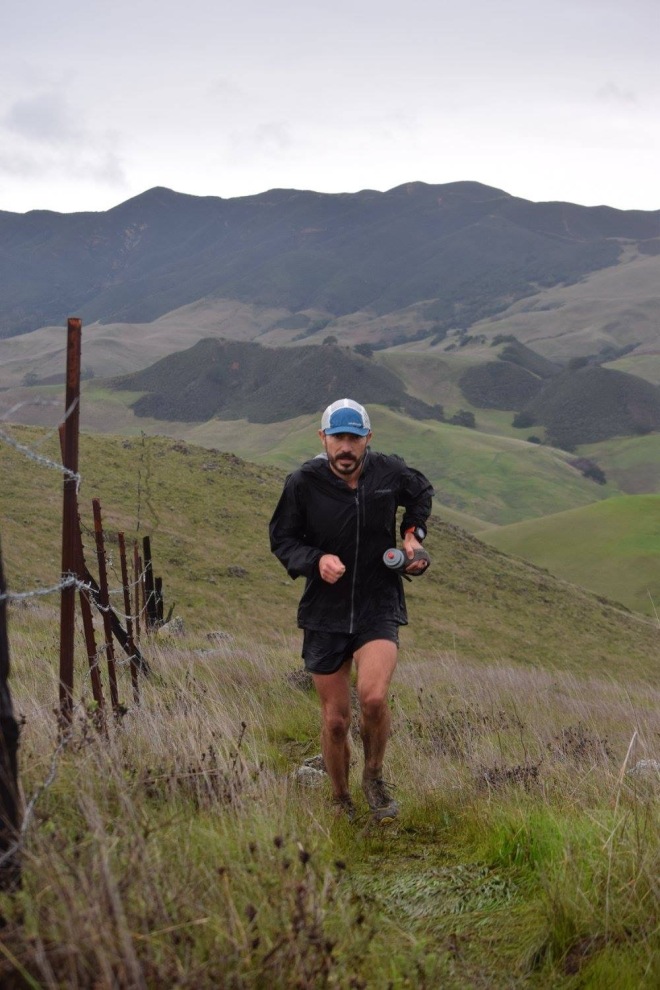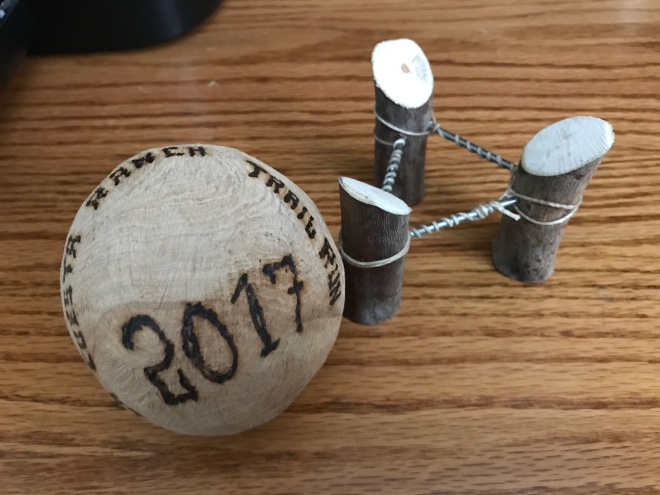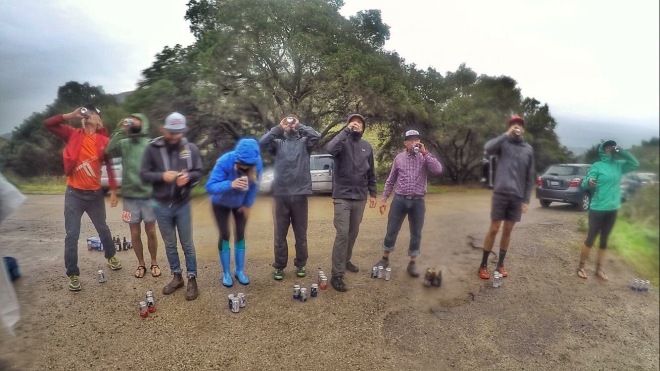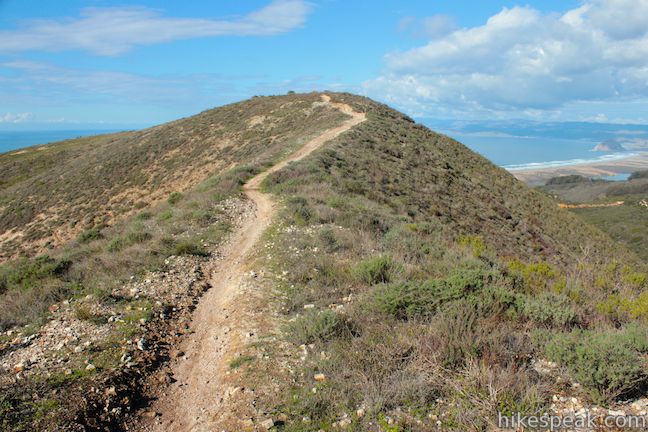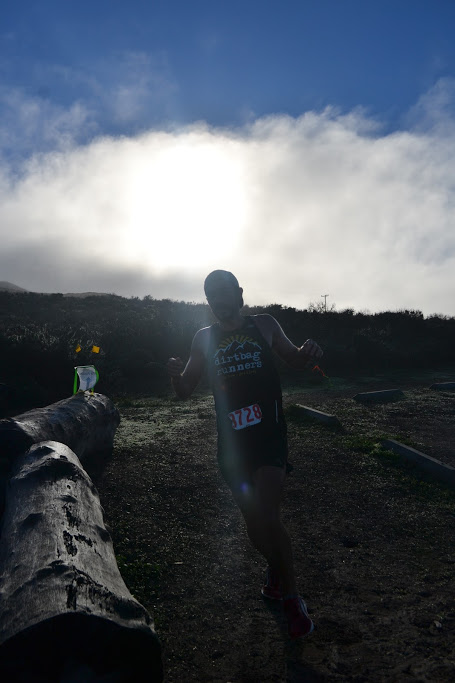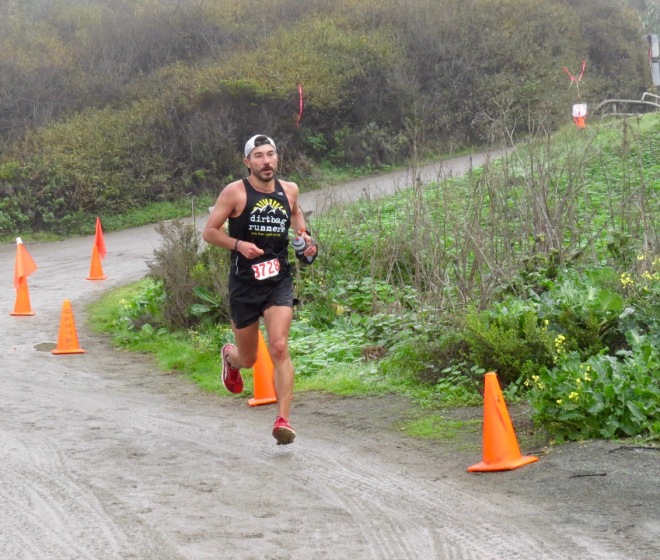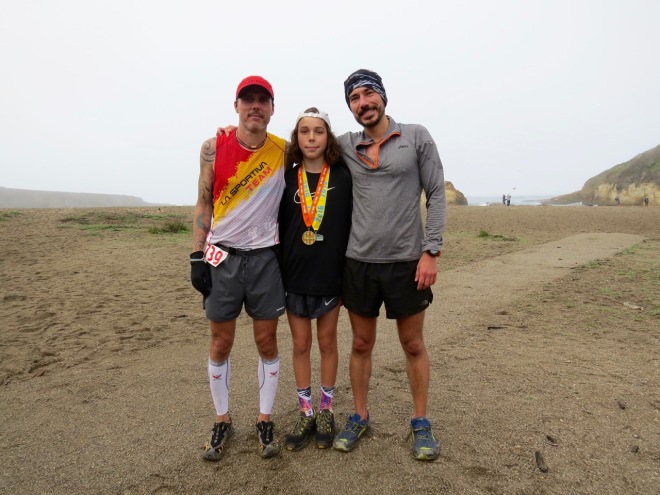“Sneaky Tough”
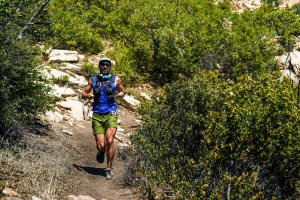
Mad City beat the literal shit out of me!
Racing 62 miles, at 7:19 pace, in 16 degrees, all on concrete or asphalt was an ass kicking combination I wasn’t ready for. Thankfully nothing structurally was damaged after the race, but I sure looked like it waddling around town for several days.
Joe’s post ultra recovery protocol is usually filled with uber rest, and a short set of 4x200m’s late in the first week. Once I could feel my legs again, I mixed up hikes and slow jogs around town with Carly. Surprisingly once the soreness faded, I didn’t feel all that bad. We decided to up the mileage, insert some mid-week recovery day hikes, and keep the effort on workouts to short bursts of very high intensity (i.e. hill sprints). This prescription worked well as I was able to stay consistent with workouts, but not tax the system that had been worked during the 100k (moderate, “gray zone-ish” pace).
With all the flat training and racing from September through April, it made sense to find a summer 100 miler that was relatively runnable, versus the “bumpier” types I normally migrate towards. The SD100 fit perfectly into the calendar, is ran by the legendary ultra race director, Scotty Mills, and offers up a set of variables that I’ve fortunately been able to juggle in past events (hot weather, portions of technical terrain interspersed into very runnable sections, and low altitude).
The leadup for SD100 came and went rather quickly. There were only nine (9) weeks between Mad City and SD, so we dove headfirst into “vert and trail mode.” We injected as much climbing and trail running as possible, to counterbalance all of the early year flat and fast training. Since hiking is an excellent recovery tool post ultras, we weaved some 1-2k treadmill “hikes” into the early weeks of the block. Definitely received some awkward stares from the soccer moms on nearby treadmills, as I power hiked at 15% incline for nearly an hour, with my hands on my quads, sweat flying all over the place… at 5:30 in the morning!
Late spring also brings two annual events that can’t be missed. Born to Run weekend is everything good about trail running, and if this is your first time reading this blog, please take a look at the previous posts on BTR. Beer miles, Bolo racing, archery, wrestling, and the weirdest talent show this side of the Mississippi, Born to Run legitimately has something for everyone.
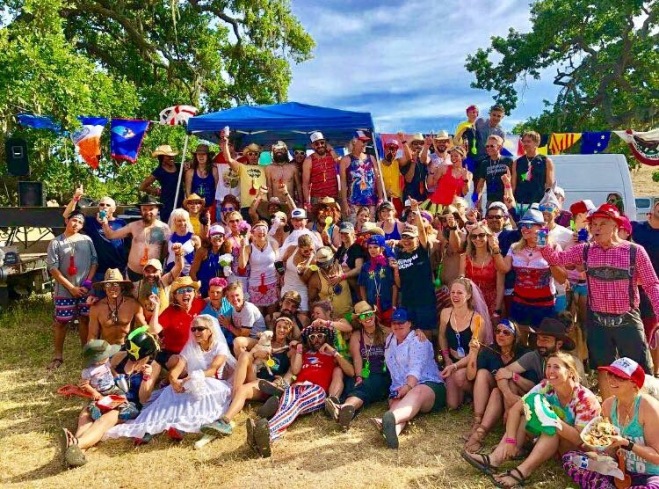
The Reno Tahoe Odyssey is a 178 mile relay race that starts and ends in the Biggest Little City in the World. Team of 1, 3, 6 or most notably 12, caravan around Lake Tahoe, up and over Virginia City, and back into downtown Reno for 24 hours of nonstop running debauchery. I’m only slightly biased, but am 100% certain that we have the best team in the world for RTO weekend. Not the smartest idea for tapering running 36 miles only six days before a 100 miler, but if Killian can do it, then damnit so can I!
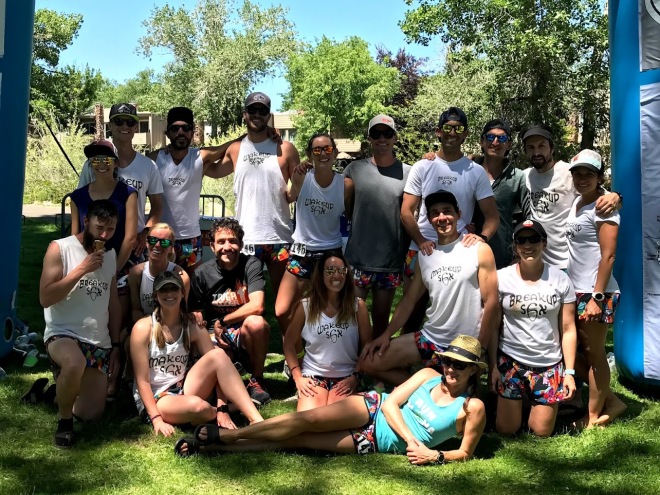
The San Diego 100 is essentially an out-and-back course, with three loops interspersed into the out section. Starting and finishing at Cuyamaca Lake, approximately 60ish miles northeast of San Diego, the SD100 takes runners through beautiful stretches of the Pacific Coast Trail (PCT) and through the Cleveland National Forest. Held annually in early June, the SD100 has been described as a “Sneaky Tough” course. With only 12-13k of climbing, SD looks relatively tame on paper, but it plays out as an entirely different animal. SD is hot, exposed and rocky! There is just enough climbing to keep you honest, but interspersed into the day is 10hrs of fully exposed 90+ degree temps, and technical enough terrain to prevent long stretches of runnable, time saving trail.
To “Bank time” is a recipe for disaster in an ultra, but many races do reward long climbs with runnable descents to “make up” some minutes.
Not the trails at SD100!
Be prepared for moderately technical descents, just nasty enough to make you curse the running gods. Patience and early moderation of effort on less than runnable terrain tends to play out well in 100 milers, and the 2018 SD100 was a perfect example.
My dad, Thomas and I made the trip down to Julian on Thursday morning, as the race kicked off Friday. Most 100 milers run Sat-to-Sun, requiring only a day off from work, but there are a few that run Fri-to-Sat. These events are great for recovery, as you have an extra day of rest, but do require more from the crew. My dad has been the “crew chief” at the majority of my 100’s, and I feel so privileged that he’s willing and able to share these experiences with me. I’m not the easiest runner to crew for either, as I focus on spending as little time as possible on resupplying or expenditure of energy. Two water bottles, four gels and possibly some ice in the bandana is all that’s needed, and I’m normally not too talkative. Something I really need to work on is AS etiquette, not being so frantic and quick to leave, as these really are team events and my crew is always so damn good.
Crewing an ultra isn’t sexy or easy! You spend countless hours driving around backroads trying not to get lost, usually all in remote areas without much cell reception, eating if you remember, and always being more focused on your runner than yourself. Crewing a 100 miler, and especially events where pacing is expected later in the day, can legitimately be as mentally draining as racing… sometimes worse. For those of you reading this and interested in tackling a longer event, volunteer to crew someone racing an ultra, as it’s an excellent intro into the world of trail running.
The trip down to Julian was uneventful and we made excellent time. Race check-in was painless, and we were looking forward to some pizza, beer (not me) and R&R before sacking out early. The day changed quickly however, as I called our host before pulling into the AirBNB, and he said the house was unavailable.
WHAT???
I had reserved, paid for and received a reservation confirmation weeks prior. Needless to say I was a bit irritated, and left the host with a few choice words before hanging up. Surprisingly AirBNB is popular in Julian, as we were able to lock up another rental after only a few clicks and calls, ending a rather hectic hour of pre-race prep. After some awesome pizza and a couple pints, we called it a night.
Race day came early, as usual for a 100 miler, and my dad dropped me off at the start letting Thomas sleep in as he’d be spending 36 miles with me later in the day. Ran into some local and familiar faces as we prepped for the start. Kevin and Natosha Wolf had made the trip down. David Aguayo from Los Osos looked ready to run. Mauricio looked super fit, as he’d been frequenting a Crossfit gym preparing for Hardrock. Not a surprise to see Walt, as it’s actually surprising not to see Walt at the start of a 100.
At 6:00am and after a few choice words from Scotty Mills, we were off…
The conga line started early as we headed away from Cuyamaca Lake, towards the Cleveland National Forest. The first mile was flat and fast, and then we started to climb. Thankfully this was no Wasatch, as the bump was less than 1,000ft, but my effort felt higher than it should have been, so I eased back a ton and let several packs of runners pass. Hoping that the previous weeks relay didn’t take too much out of me, I settled into a sustainable pace, and moved patiently through the morning miles.
I love to climb!
Normally it’s a strength that I’ve been able to use in previous ultras, but that wasn’t going to be the case today. With literally no hill work between September through April, a few weeks of hillier workouts did little to charge my climbing ability. Whether it was some leftover fatigue from the relay, a lack of climbing-specific training or likely a combination of both, I had to modify the race plan to be VERY, VERY conservative on the climbs and move as efficiently as possible on the flats and descents. This unfortunately isn’t always easy to stomach when 20 runners pass you on the 2nd mile of a race…
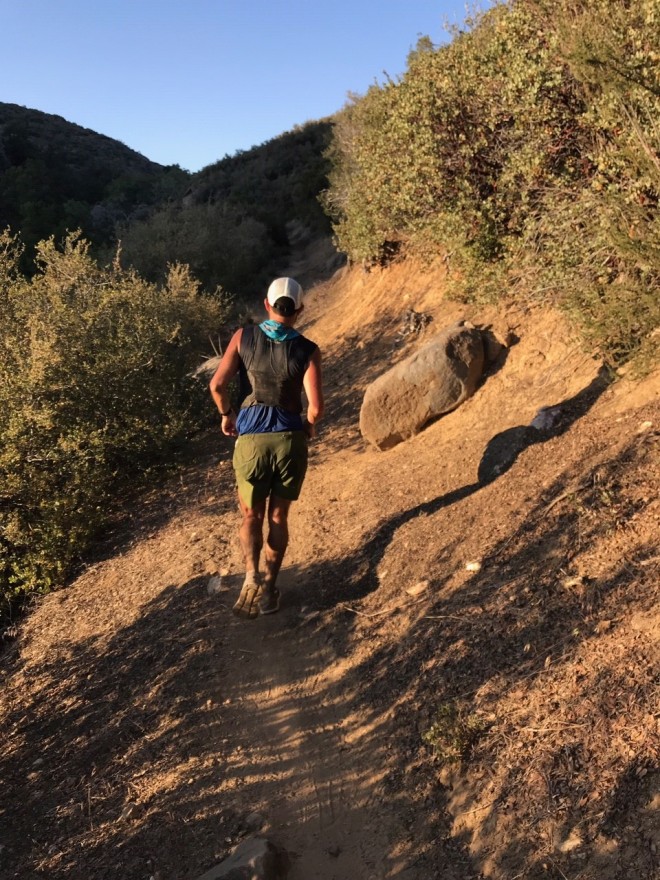
Working patiently through the first 21 miles to the Sunrise AS, my plan was to tackle heat management as early as possible. Moderating effort and keeping the core temp down in the early miles has been a successfully recipe for not feeling entirely like trash late in races. So with the early temps rising, my lack of climbing ability and rumblings of the lead pack moving briskly, slowing and cooling down was going to be paramount to surviving the day.
The next section into Pine Creek AS at mile 36 would be the beginning of the carnage party. An early race leader from the East Coast had taken off with another guy, and had been blazing the early morning miles. Heading down a long descent into Pine Creek AS, “East Coast” was slouched back in a chair looking like hammered poo. Unfortunately, this would be the case for the majority of the lead packers as the day progressed.
After a very warm and exposed climb out of Pine Creek, the next section was 15ish miles of runnable but hot and semi-technical terrain, before a long 7 mile descent into Cibbets Flat (mile 64). My crew would be waiting at Cibbet’s, and Thomas would start his crewing duties, so my plan was to arrive with “plenty in the tank.”
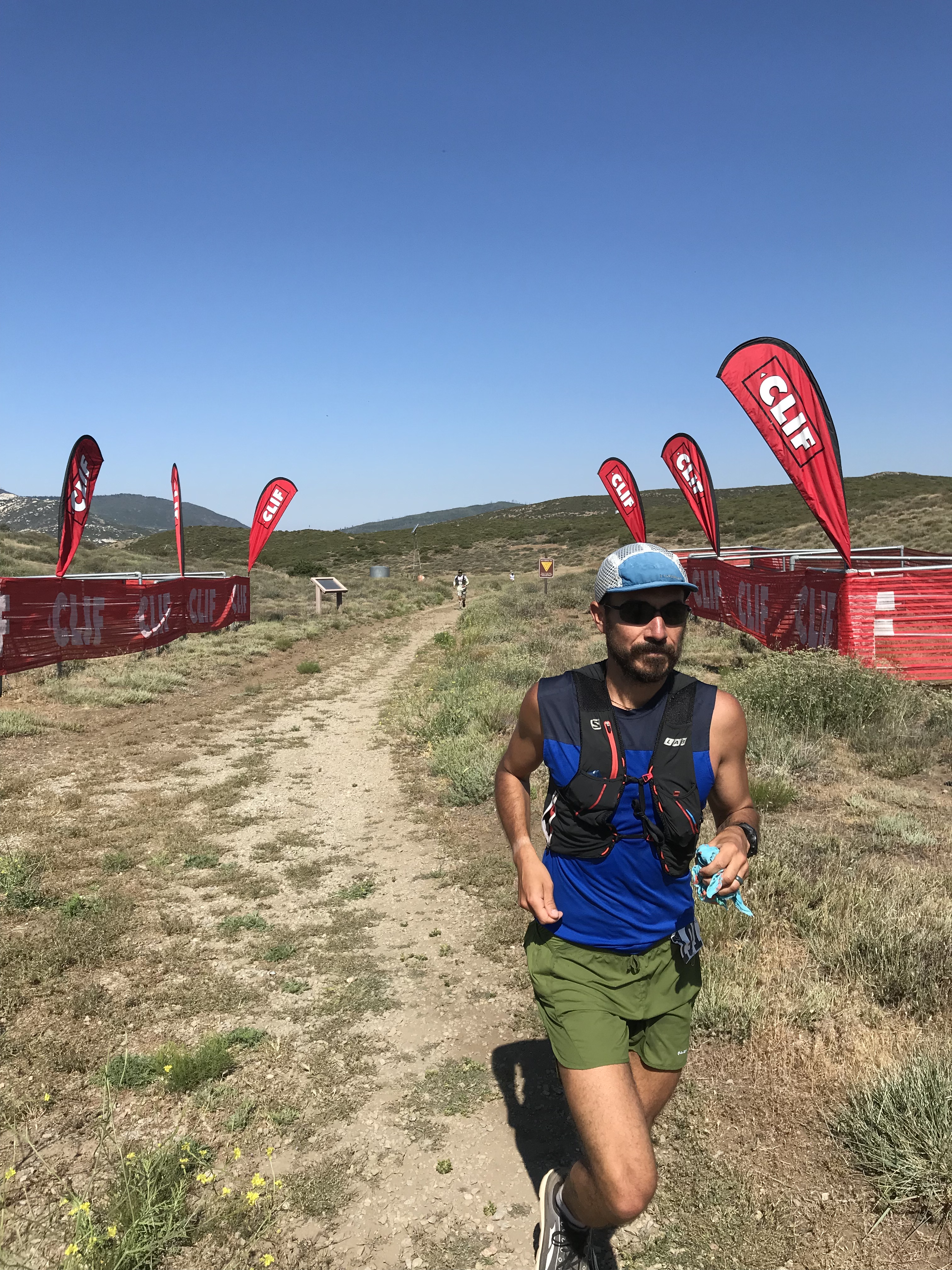
The descent into Cibbet’s and the subsequent climb and return was the beginning of the out-and-back section, so I would see the leaders returning while descending into Cibbet’s, and would see all of the other runners as we climbed back out. With literally no idea where I was in the race and knowing there were some runners with solid resumes like Michelle Graglia who would later win Badwater in July, my only focus was to control what I could control.
With about 15 minutes before entering Cibbet’s, I saw the leader and chase pack close behind. A couple guys looked really strong, and unsurprisingly these were the two that held it together till the finish. A couple guys didn’t look too hot, and I was very surprised to find myself in 5th place with 36 left.
We made quick work out of the AS, and Thomas and I began the long climb out of Cibbet’s. Feeling fresh, or as fresh as you can expect with 64 damn miles on your legs, we talked about nutrition, hydration, electrolytes and a bit about late race strategy.
Working our way up Cibbet’s, we ran into Walt making his way down the descent. He looked like death and was literally walking down the most runnable section of the race. After a quick fist bump I continued up the climb. Thomas stopped to check in and find out how he was doing. We both talked afterwards about Walt’s day being over, but he surprised the hell out of both of us, coming back from the dead to finish under 24hrs.
Tough SOB!
We finished the climb, dumping into Dale’s Kitchen AS around mile 72 in 4th place, passing the leader who was taking a ride on the struggle bus. Feeling good and ready to run, we made descent time for the next 6ish miles. Somewhere around mile 78 however, the wheels started to fall off. We were now in 3rd and moving ok, but I immediately felt gutted. My energy levels were zapped, my mood went waaaay south and competing was the last thing I wanted to do. We made it into Penny Pines AS at mile 80, in pretty bad shape.
I lurched out of the AS feeling like we’d literally crawled for the past few miles, and I overheard a volunteer say that the leaders were only 5 minutes ahead. I couldn’t believe it! I thought we’d pissed off 15+ minutes in this last section. Maybe it was the couple of caffeinated gels, the intel from the volunteer or a mix of both, but I felt slightly better and decided to make a concerted push till the next AS (4 miles to Pioneer Mall).
Looking over the data, my “push” speed was pretty atrocious. Hoping the volunteer was wrong in her assessment, as the leaders had a TON of time on us, as we pulled into Pioneer Mall with 15 to go.
Unfortunately my mind went into the dumps. Even with pushing over the past four miles, the leaders had essentially dropped me. With no chance to move up, instead of continuing to fight, I threw in the proverbial towel. Thomas and I made it to the finish thankfully with a bit of time to spare on 4th place, but it was a pretty dark final 15 miles. My mood was horrible, I complained about everything, and all I wanted was for the race to be over.
I don’t care what Karl Meltzer says, but 100 milers are far and they are tough. These last 15 miles kicked my ass, and I unfortunately let them get the best of me. I won’t let this happen again!
The real stars of the day!
What I learned:
- Patience is important and ego checking is a must when racing 100 miles
- Effort is a decision, especially late in a race
- The process is more important than the outcome… control what you can control
- I’m not throwing in the towel again!
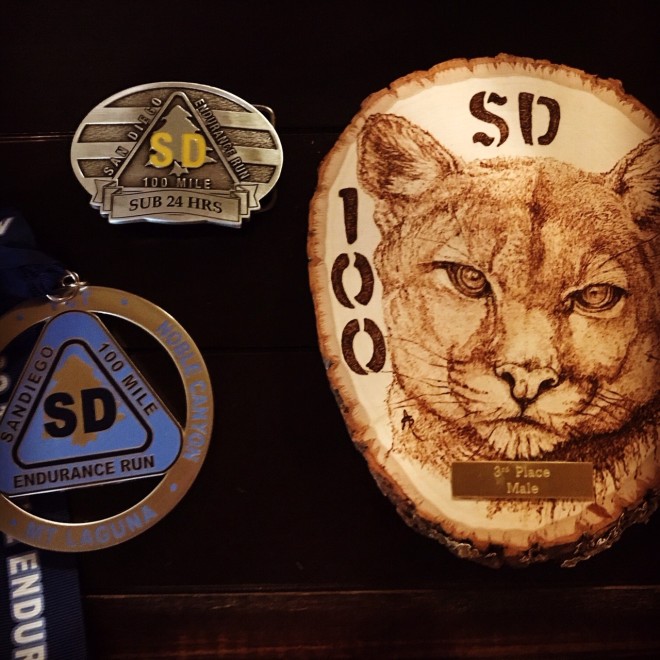


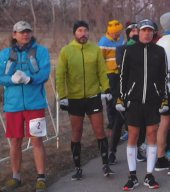
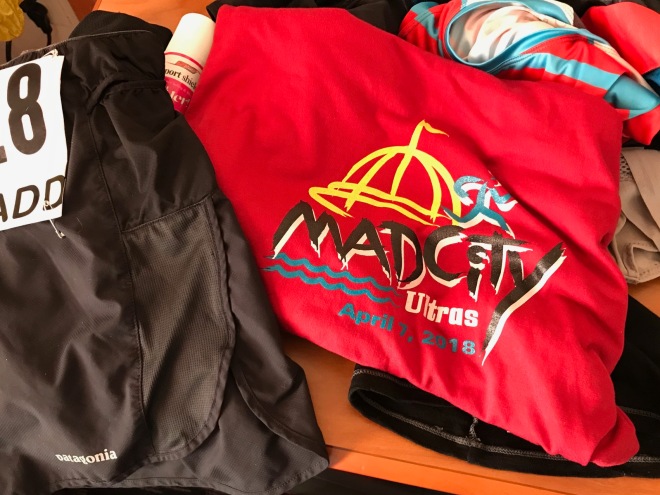

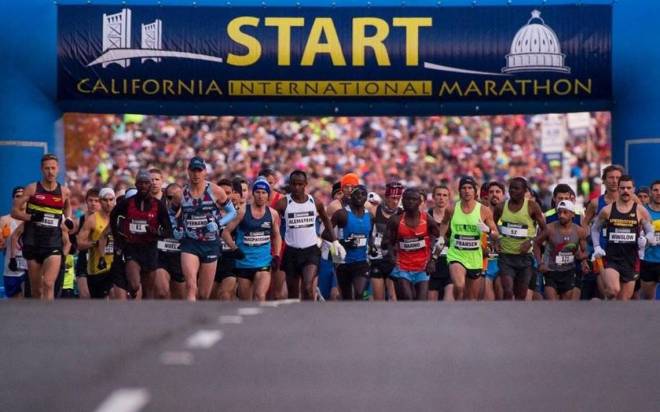
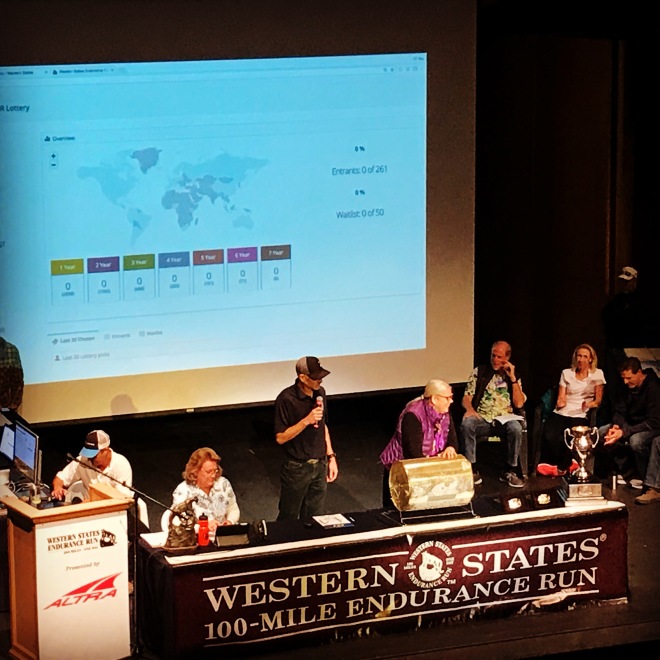
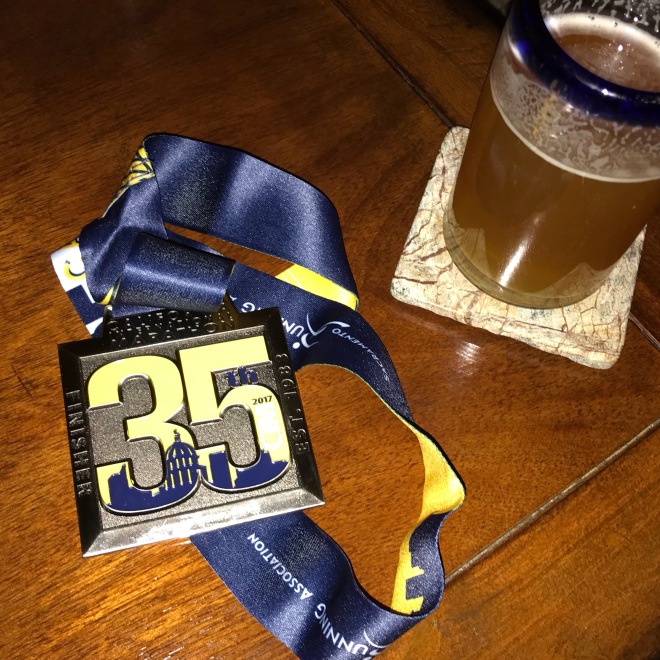
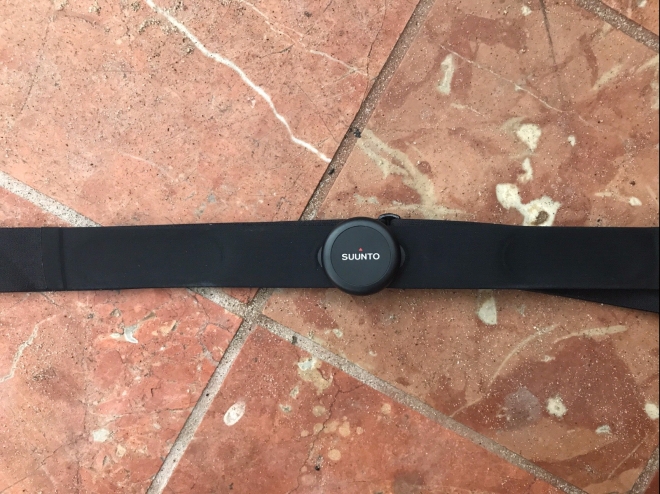
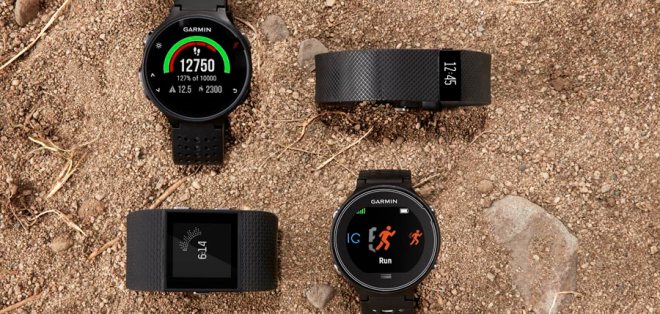
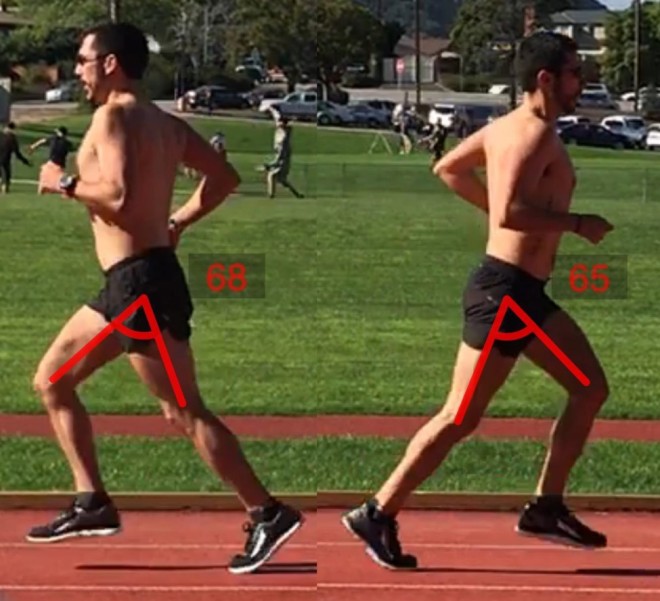
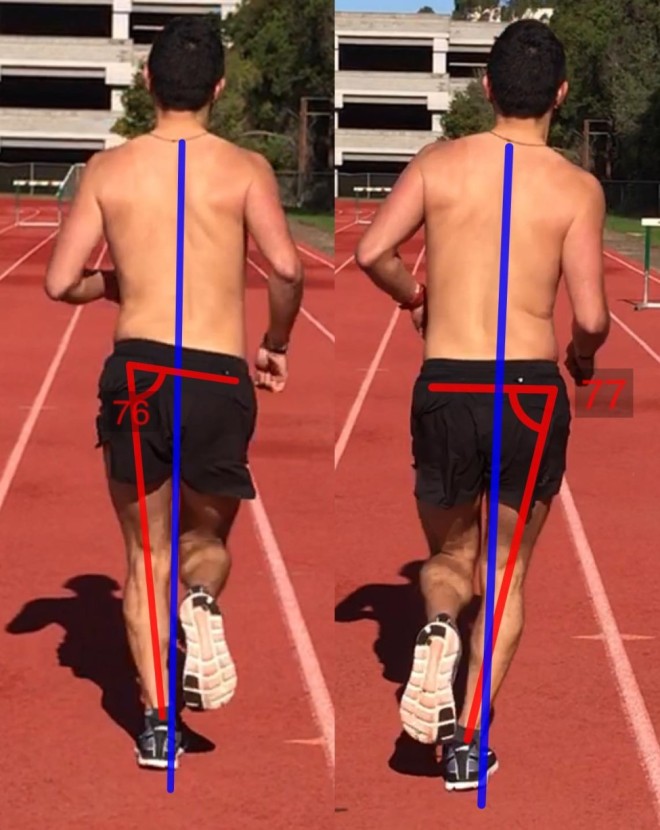


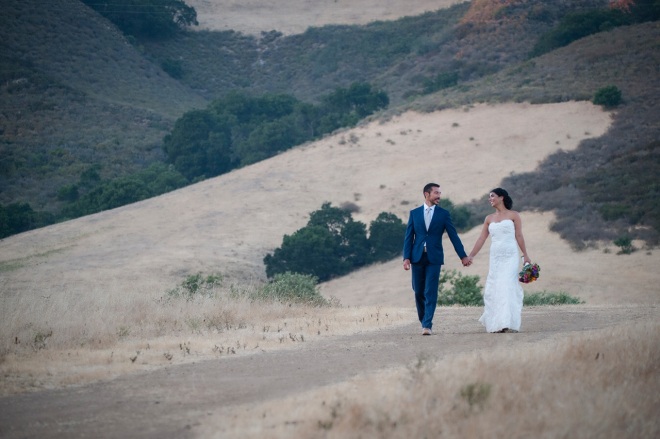
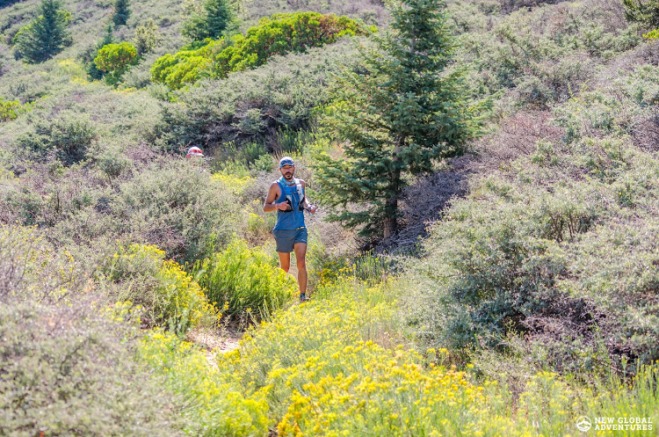
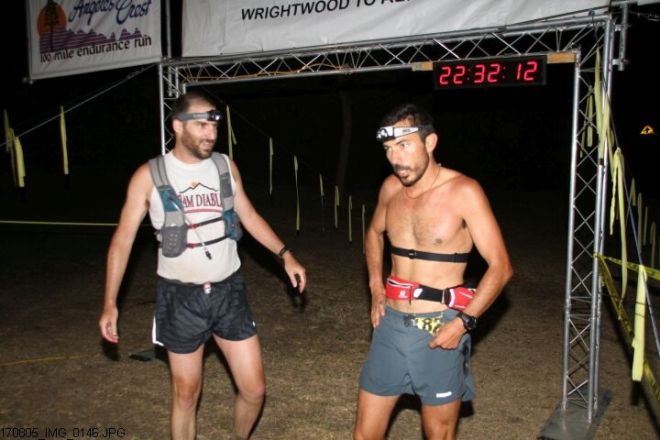

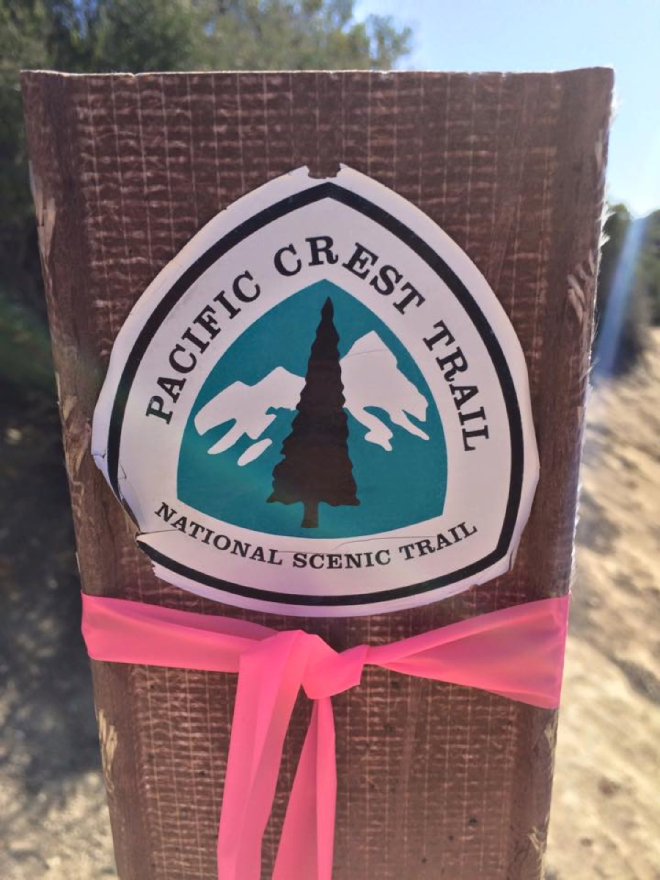
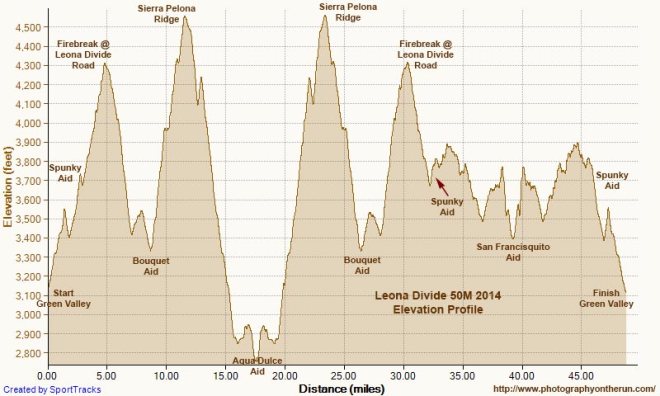
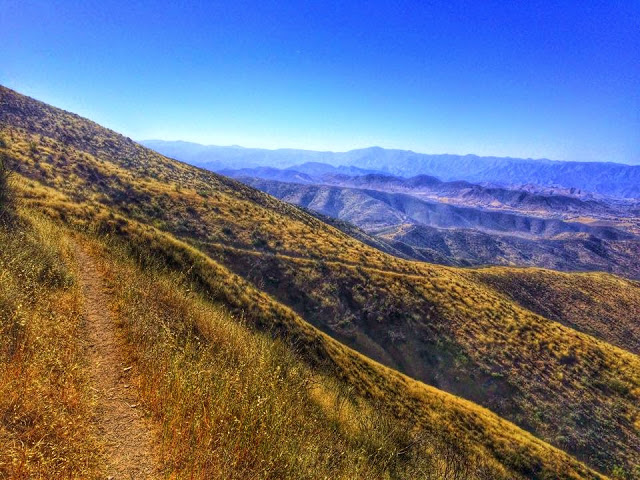
![IMG_1914[42200]](https://jaddgottheruns.files.wordpress.com/2017/04/img_191442200.jpg?w=660)

